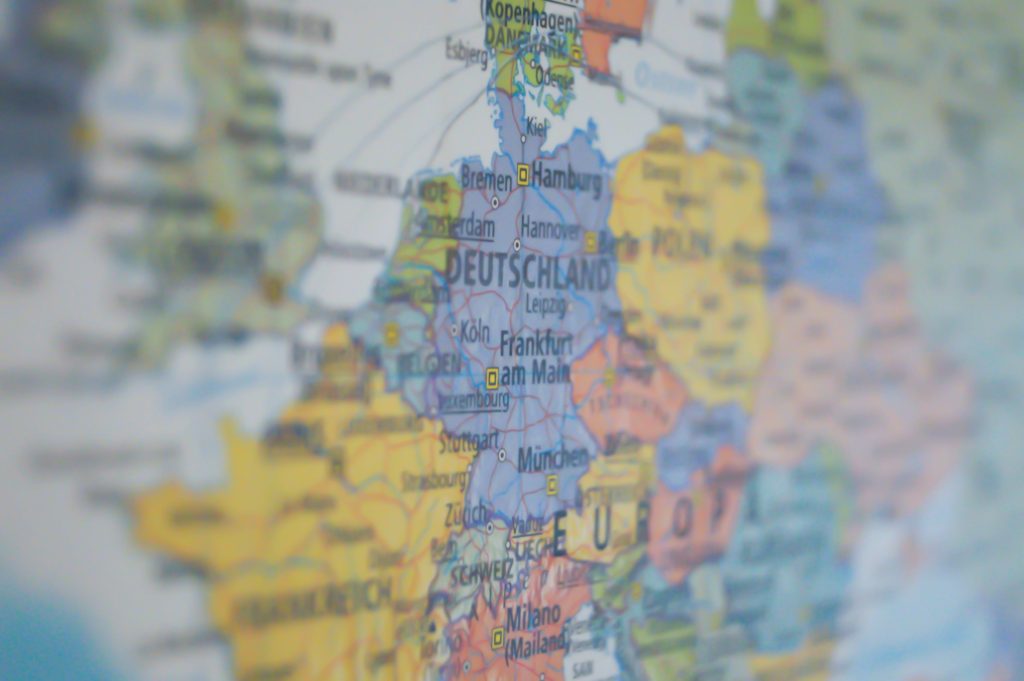Mergers and acquisitions (M&A) have always been a significant driver of economic growth in Europe.
In recent years, the region has experienced a surge in M&A activity, driven by a combination of factors, including globalization, low-interest rates, and the need for companies to remain competitive in a rapidly changing business landscape.
M&A Trends in Europe
The first notable trend in European M&A activity is consolidation. Companies are looking to increase their market share and gain a competitive edge by acquiring their smaller rivals.
Consolidation aims to reduce competition, increase product and service offerings, streamline costs, and access new markets. The technology sector, which has been growing rapidly, is contributing significantly to the consolidation trend.
The second trend is cross-border M&A. Cross-border M&A tends to be more common in Europe due to the economic and cultural diversity of the region.
The countries within the European Union trade freely, which makes cross-border M&A easier to execute. This trend is creating more opportunities for companies to expand their reach, strengthen their brand and influence, and diversify their offerings.
The third trend is the emergence of active investors. These investors purchase large stakes in companies and use their influence to push for changes, such as divestitures, mergers, or spin-offs. This trend has been prevalent in sectors such as finance and pharmaceuticals.
Finally, the technology sector is emerging as the frontrunner in M&A activity, driven by the rapid development of technology and innovation. By acquiring smaller companies, larger technology companies are expanding their capabilities, reducing competition, and gaining access to new markets.
M&A Challenges in Europe
Despite the growth of M&A activity in Europe, there are still potential challenges to consider. Political events such as Brexit and changes in trade policies have created uncertainty and increased risk.
Additionally, regulating bodies have been increasing their scrutiny of M&A deals to prevent any potential anti-competitive behavior.
The European M&A market is growing and shows no signs of slowing down. Consolidation, cross-border M&A, activist investors, and technology are among the driving forces of M&A activity.
However, companies must navigate the potential challenges to ensure they execute successful deals while adhering to all applicable regulations and laws.
Overall, the outlook for M&A activity in Europe is positive, and companies should continue to make strategic efforts to grow and remain competitive.
There are several reasons why this is the case. Firstly, the pace of technological change is likely to continue unabated, meaning that companies will need to keep up by acquiring smaller, more nimble firms. Secondly, the global economy is becoming increasingly competitive, which means that companies need to expand in order to remain relevant and capture market share. Finally, the regulations and guidelines governing M&A activity are becoming clearer, which reduces one of the key obstacles to this type of transaction.
However, it is important to recognize that M&A activity is not without its pitfalls. The most notable of these is the risk of overpaying for an acquisition.
There are many examples of companies that have bought smaller firms, only to find that they have paid too much and been unable to realize the synergies and cost savings they expected.
Another risk is that M&A activity can be a major distraction from day-to-day operations, which can lead to a decline in performance.
Despite these risks, there are many compelling reasons why M&A activity in Europe is likely to continue.
By carefully evaluating potential targets, building strong relationships with stakeholders, and adhering to best practices, companies can mitigate the risks associated with this type of transaction and reap significant rewards.
Ultimately, the companies that are able to execute successful M&A deals will be those that are best able to navigate the complex economic landscape of the 21st century.

